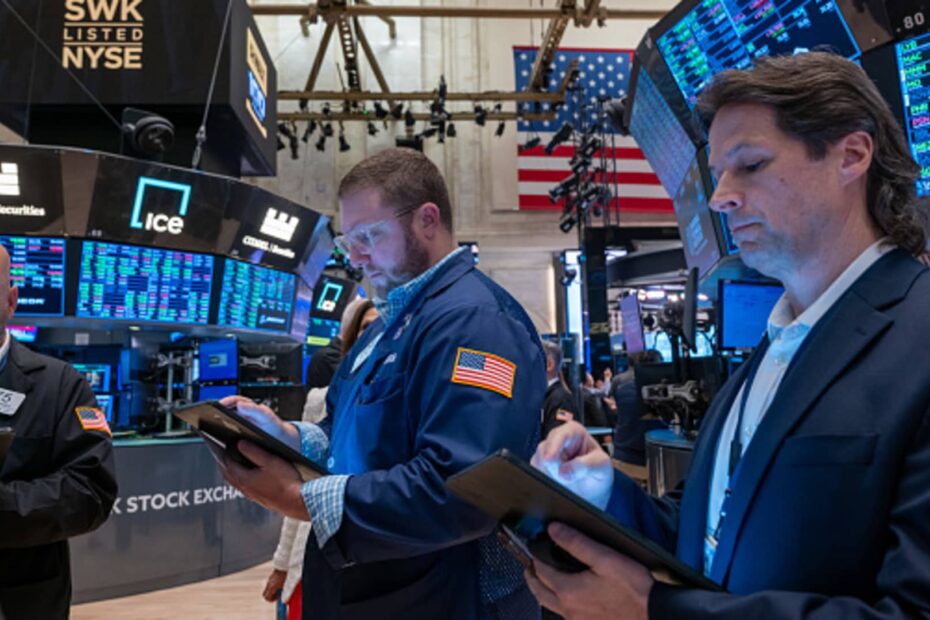Inflation data released by the U.S. Bureau of Labor Statistics has fueled speculation that the Federal Reserve may cut interest rates as early as September. The latest report shows that consumer prices rose by just 0.1% in June, well below expectations of a 0.3% increase. This marks the smallest monthly gain in inflation since January.
The tepid inflation numbers come amidst growing concerns about the health of the U.S. economy. The ongoing trade war with China, slowing global growth, and a weakening manufacturing sector have all raised fears of a potential economic slowdown. In response, market participants are increasingly betting that the Fed will move to lower interest rates in order to stimulate economic growth.
The Fed had previously signaled a willingness to cut rates if necessary, and the latest inflation data has only added to the case for monetary easing. Lower interest rates would make borrowing cheaper for businesses and consumers, potentially boosting spending and investment. This could help to offset some of the negative effects of the trade war and other headwinds facing the economy.
While some analysts had expected the Fed to wait until later in the year before cutting rates, the weak inflation numbers have raised the possibility of a more immediate move. Market expectations for a rate cut in July have risen to nearly 100%, and bets on a September cut are also increasing.
However, not everyone is convinced that a rate cut is necessary at this time. Some policymakers have expressed concerns about the potential risks of lowering rates too soon, including the possibility of fueling inflation or creating financial instability. They argue that the economy is still fundamentally strong, with low unemployment and solid consumer spending.
Ultimately, the decision on whether to cut rates will depend on a number of factors, including future economic data and developments in the trade war. The Fed will have to carefully weigh the risks and benefits of monetary easing in order to support growth while also maintaining price stability.
In the meantime, investors will be closely watching for any further signs of economic weakness and clues about the Fed’s next move. The uncertainty surrounding interest rates and the broader economic outlook will likely continue to drive market volatility in the weeks ahead.
